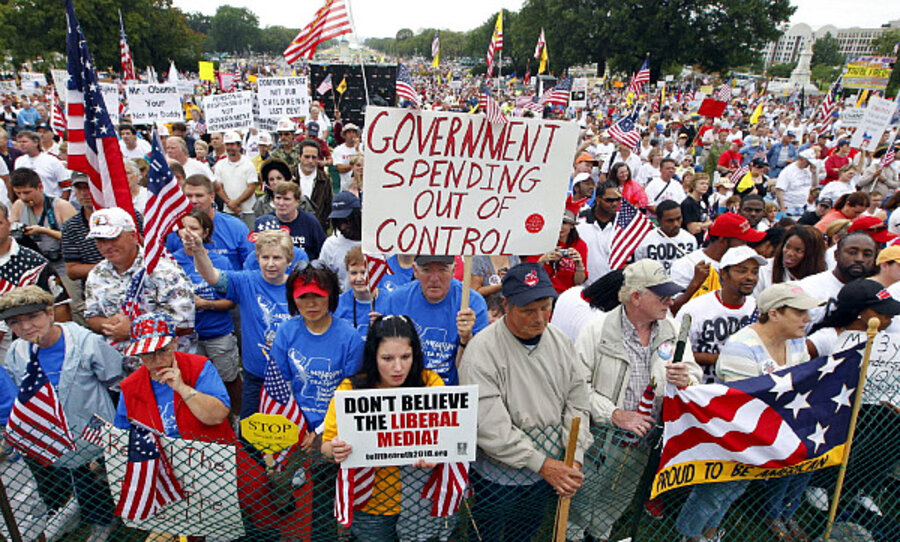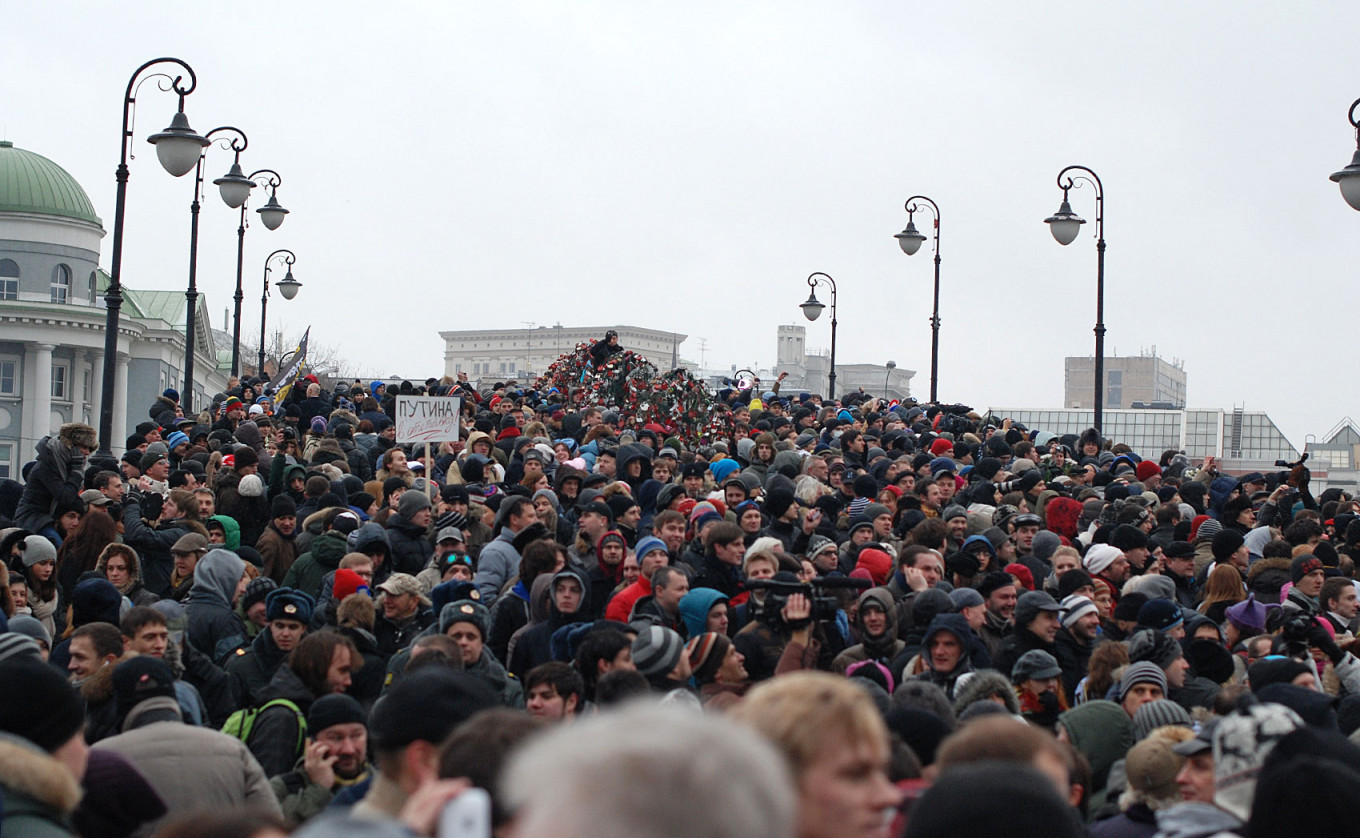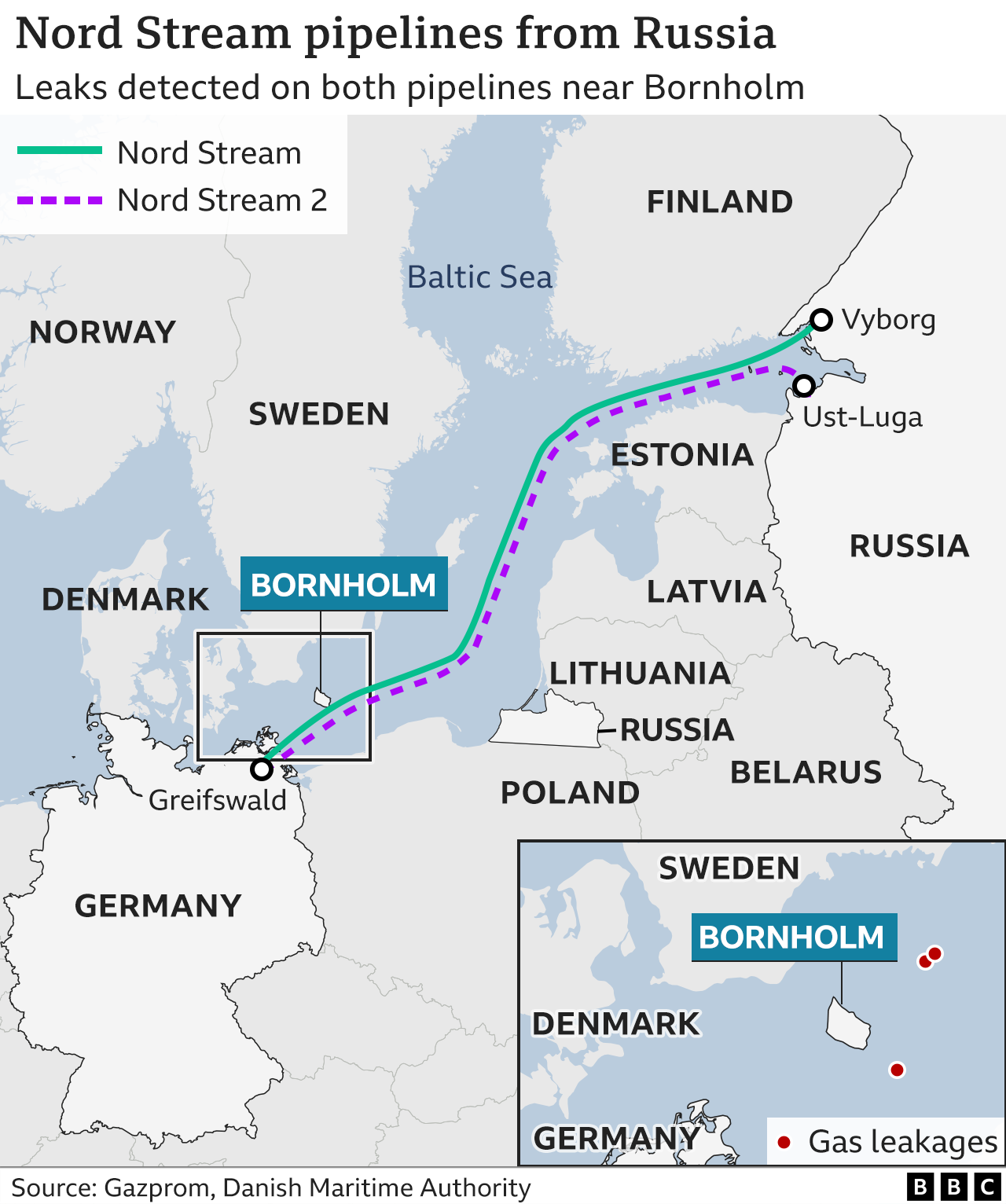
Not all social movements tend to pan out – in fact, the majority of them don’t. The Tea Party movement of 2009 and onwards was no special exception. It all began in January, 2009, in the aftermath of one of America’s greatest recessions, when public support for the federal government’s economic policies was at a new low. The Right capitalized on this, organizing protests to vocalize their dissatisfaction and incite change across the country. As the New York Times summarized; “Organizers convened mass gatherings across the country called ‘tea parties,’ and they had a specific set of demands: Stop President Barack Obama’s health care law; tame the national deficit; and don’t let the government decide which parts of the economy are worth rescuing” (Peters). The cause was loose in nature, being composed of various local and national groups with differencing perspectives, and there was no form of central leadership. It was perceived largely as a grassroots movement, yet the amount of funding that came from Republican elites (such as billionaire David Koch) made this “community action” questionable, especially when the amount of money donated to the cause is still unknown.
A truly surprising fact is that this movement capitalized on social media to help spread its influence and gain support among the public, especially considering that social media hadn’t really taken off at the time. BBC writes, “Most of the original members met using Twitter. Their low-budget nationwide organizing was unthinkable in the days before Facebook, e-mail and free conference-calling” (Connolly). This usage allowed the movement to get as big as it did, big enough to the point in which regular media had to focus on them. It makes sense – an unsolidified mass of people in opposition of the government needs a platform to connect them all, and what better than an easily accessible social network that can do just that?

Something Eric Blane discusses in “Yes, Social Media Can Help With Real-World Organizing” is that “technological determinism overlooks a crucial fact: what matters is not just how much social media is being used by social movements but how it is being used,” meaning that even though the Tea Party Movement was popular on these platforms it did not mean they had considerable physical influence. Organizations such as Americans For Prosperity put out petitions that got 500,000 signatures in days, yet no actual change came of these petitions. The Tea Party Community, the organization’s alternative to Facebook, managed to reach 50,000 members and yet none of those members had any significant impact on politics. Thus, it wasn’t really an issue of public support but rather support in the organizations that could influence policy change.
The Tea Party Movement did not go out with a bang: it went out with a fizzle of false promises and unfulfilled constituent values under the Trump Administration. In 2016, Tea Party members thought their 7 years of protests, internet message spreading, and petitions would be answered – Trump promised to balance the budget, lower the national deficit, tax cuts, exactly what they wanted, and yet what actually came of it all? According to the New York Times, “Trillion-dollar deficits are back and on track to keep growing. The Affordable Care Act has never been repealed, and Republicans concede it may never be. When Congress approved $320 billion in new spending this month as part of its latest budget deal, most Republicans in the Senate voted yes…” (Peters). That was the last straw – when even Republicans wouldn’t meet their demands, the Tea Party had no one else to turn to. When Congress signed approval of that spending increase, they were signing the Tea Party’s death warrant.
With all this being said, just because the Tea Party movement failed does not mean it wasn’t influential. Republican candidates continue to side with Tea Party ideals, and as stated by the New York Times, “It ignited a revival of the politics of outrage and mistrust in government, breathing new life into the populist passions that continue to threaten the stability of both political parties” (Peters). Americans distrust their government more than ever, and they live in an age in which it is perfectly normal to not put their faith in the body that governs them and dictates all laws. Perhaps this publicly recognized lack of trust will call the government to action, most likely it will not, but regardless whatever direction America goes will be impacted by the Tea Party.
Sources:
About Eric Blanc Author of the books Revoluti, et al. “Yes, Social Media Can Help with Real-World Organizing.” The Forge, 8 Dec. 2021, https://forgeorganizing.org/article/yes-social-media-can-help-real-world-organizing.
Connolly, Katie. “What Exactly Is the Tea Party?” BBC News, BBC, 16 Sept. 2010, https://www.bbc.com/news/world-us-canada-11317202.
Peters, Jeremy W. “The Tea Party Didn’t Get What It Wanted, but It Did Unleash the Politics of Anger.” The New York Times, The New York Times, 28 Aug. 2019, https://www.nytimes.com/2019/08/28/us/politics/tea-party-trump.html.









